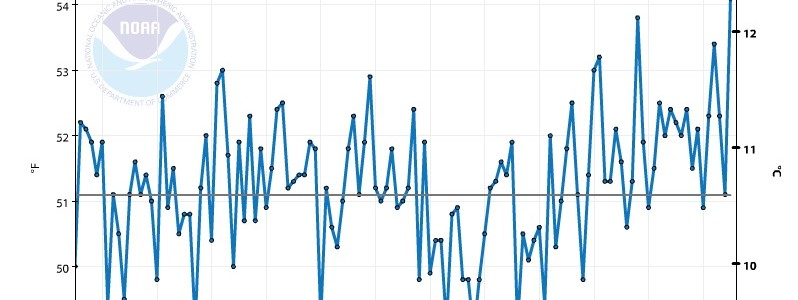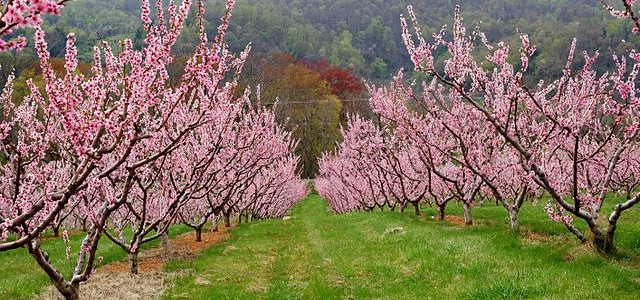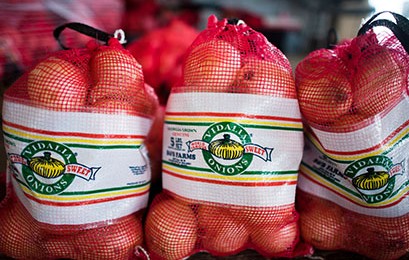Crops
-

The Packer reported this week that Florida peaches are being harvested late this year due a lack of chill hours this past winter. In some areas the crop may be harvested as much as a month later than normal. Quantity is also expected to be lower than usual due to the warm conditions. The peach…
-

The Fruit Growers News republished a story this week from the University of Idaho discussing how trends in minimum temperature over time are likely to change where some crops grow. The annual coldest temperature is linked to some crops’ ability to thrive, and is the basis of the USDA plant hardiness zone map. These temperatures are expected…
-

Doug Ohlemeier reported in The Packer this week that Georgia is expecting a peach crop which could be the biggest in over a decade and double what was packed last year. After a slow start to chill hour accumulations in the extremely warm December, more typical weather in January and February provided enough chill hours…
-

As we approach the Easter weekend, with baskets full of chocolate bunnies, I was interested to note a report in AgWeb about adverse impacts of the current strong El Niño on the production of cocoa beans, used to make chocolate. I’ve put a map of the major production areas below along with a map showing…
-

AgWeb reported this week that the mild winter experienced in Europe this year has led to a potentially bumper crop in wheat there this year. This may add to an oversupply of the grain due to a surge in production over the last two seasons. They report that “crops are about two weeks ahead of…
-

The Packer reported today that the Vidalia onion crop this year is looking very good. They report that “after early-season rain thinned some stands, recent near-ideal growing conditions have raised expectations for the start of the Vidalia onion season in April.” Good weather in March has helped speed the development of the crop and…
-

The NWS office in Peachtree City announced today on their Facebook page that they will start producing their spring frost warnings for frost earlier than usual this year. The spring so far has been unusually warm and many plants, including fruit trees and other crops, have started blooming earlier than normal, making the vulnerable to…